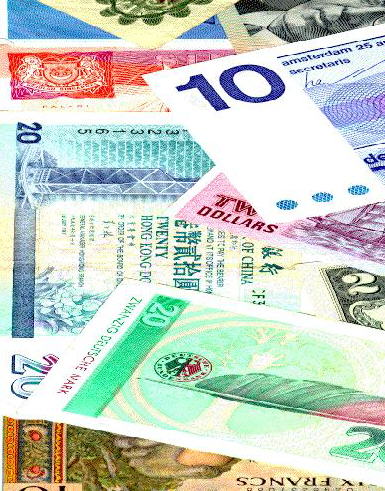Douglas A.Ruby


Description: Economics is a social science concerned with the study of how a given society allocates scarce resources to meet the unlimited wants and needs of its members.
Frank, Robert H., Ben Bernanke Principles of Economics,3rd ed., 2007, McGraw-Hill.Hubbard, Glenn., Anthony O'Brien Economics,2nd ed., 2009, Pearson Education.
Mankiw, N. Gregory, Principles of Economics, 5th ed., 2009.
McConnell, Campbell R. and Stan Brue Economics,16th ed., 2004, McGraw-Hill.
Miller, Roger LeRoy Economics Today,14th ed., 2008.
Topics
• Economics as a Social Science
• Working with Equations
• The importance of Relative Prices.
• Optimizing Behavior
• Production and Production Relationships
• Specialization and Exchange
• The tools of Market Analysis
• Exogenous Demand-side and Supply-side shocks.
• Elasticity Measures.
• Consumer Surplus.

The Circular Flow diagram represents the relationship between the primary economic agents in market-based economies. These agents (business firms / producers) and (households / consumers) interact via three types of markets: output markets, financial markets, and input markets.
The inner ring of arrows represents the flow of goods and services from producer to consumer and the flow of factor inputs between households and business firms. The outer ring represents the flow of expenditure and payments -- the expenditure made by consumers becomes the sales revenue of business firms. The payment for factor services (land, labor, capital, and entrepreneurship) represent costs for the business firms and income (in the form of rents, wages, interest, and profits) to households.
The arrows via financial markets represent the flow of savings (loanable funds) typically from households to businesses (to facilitate the capital expenditure needs of the latter) and the flow of interest payments from borrower to lender.

